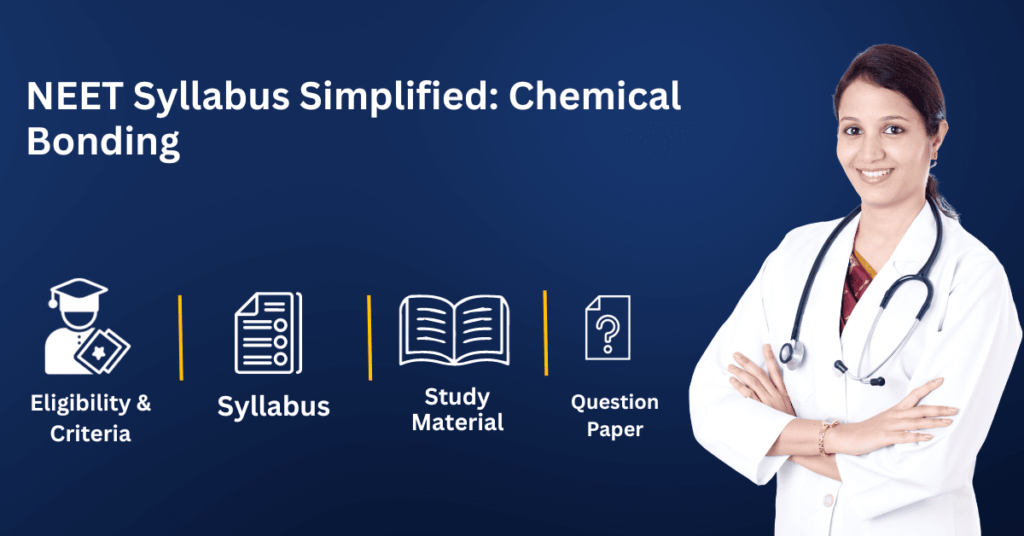
Overview
Sky Tutorials is a renowned coaching institute in Varanasi that specializes in preparing students for competitive exams like NEET, IIT-JEE. Their expert faculty and comprehensive study material have helped students achieve their dreams of getting into top medical and engineering colleges.
If you are looking for the best NEET coaching in Varanasi, Sky Tutorials should be your top choice. Their NEET coaching program is designed to cover all aspects of the syllabus, provide regular tests and assessments, and ensure that students are well-prepared for the exam. The faculty at Sky Tutorials is experienced and dedicated to helping students achieve their goals.
In addition to NEET coaching, Sky Tutorials also offers JEE coaching, , and other programs to help students excel in their academic pursuits.
Sky Tutorials – Best NEET Coaching in Varanasi | JEE Coaching
Looking for the best NEET coaching in Varanasi? Look no further than Sky Tutorials. Our expert faculty, comprehensive study material, and regular tests and assessments ensure that our students are well-prepared for the exam. We also offer JEE coaching, Olympiad coaching, and other programs to help students excel in their academic pursuits.
Introduction:
A fundamental idea in chemistry, chemical bonding explains how atoms combine to form molecules and compounds. This subject, which can be both exciting and complicated, is frequently encountered by aspiring medical students getting ready for the NEET exam. This blog will explain the idea of chemical bonding, breaking it down into small sections, and provide you with the information you need to ace this NEET syllabus topic.
1. Introduction to Atoms and Elements
Let’s start with the fundamental components of matter: atoms and elements, before moving into chemical bonding. The smallest units of matter are called atoms, which are made up of protons, neutrons, and electrons. On the other hand, elements are made up of atoms that all have the same amount of protons in their nucleus.
2. Types of Chemical Bonds
The contact of the outermost electrons in atoms results in chemical bonding. Chemical bonding can be divided into three categories:
(a) Ionic bonds are created when electrons are transferred from one atom to another. While the other atom loses electrons and becomes positively charged (cation), one receives electrons and becomes negatively charged (anion) during this process. Electrostatic forces keep these ions together because of their opposing charges.
(b) Atoms share electrons in covalent bonds in order to produce a stable electron configuration. By sharing electrons, molecules are created, and the number of shared electrons affects how strong a connection is.
(c) Metallic Bonds: Found in metals and consist of a “sea” of dispersed outer electrons that hold the metal ions together.
3. Forces between Molecules
Molecules encounter intermolecular interactions in addition to chemical bonding, which have an impact on their characteristics. These forces comprise:
(a) Van der Waals forces, which are weaker forces brought on by transient changes in electron distribution and result in short-term poles, are a.
(b) Hydrogen Bonds: A unique sort of dipole-dipole interaction in which hydrogen is bound to strongly electronegative substances such as oxygen, nitrogen, or fluorine.
4. The significance of chemical bonds
Many aspects of chemistry and biology depend on our ability to understand chemical bonds. It explains how different compounds are created, how molecules behave in chemical reactions, and how molecules interact throughout biological processes.
Conclusion
In conclusion, a fundamental idea that forms the basis of chemistry is chemical bonding. You’ll be prepared to answer the associated questions on the NEET exam if you have a solid understanding of the fundamentals of atoms, elements, and the many kinds of chemical bonding. Therefore, keep studying and good luck with your planning!

